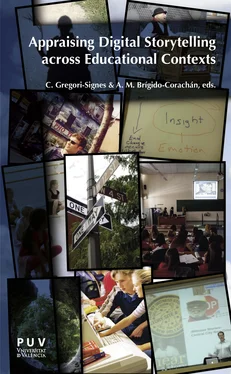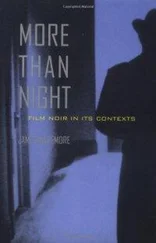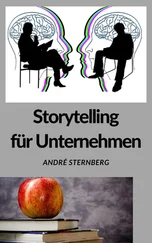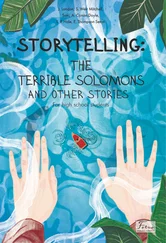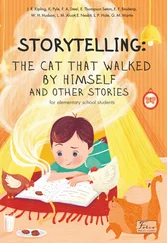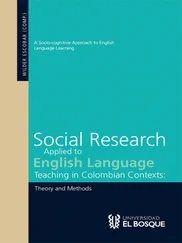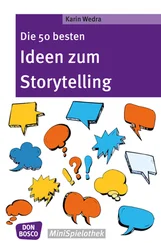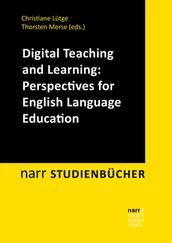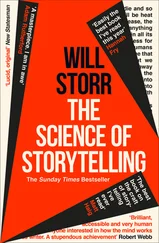In the BBC case, the demands of a professional broadcast organization to sustain high quality results, and a general sense of existing ownership of public creative engagement as a core BBC value, had the BBC, under the leadership of University of Cardiff Photography and New Media professor Daniel Meadows, diverge somewhat from the CDS model. Where CDS had, and continues to have, a consistent encouragement of difficult or painful subjects, the BBC wanted to ensure that the general public that attended their workshops felt no obligation, or more to the point, felt no direct encouragement, to write about loss or emotionally sensitive issues.
One could say this created a demand for methodological clarity, and the beginning of a shifting ethos for the work of our Center, and the definitional focus for the Digital Storytelling movement as a whole. In education, CDS was also pushed to clarify the methodological definition, rubrics of assessment, and aesthetic criteria, so that educators could use the CDS model within the mainstream educational enterprise. As mentioned above, it was clear that we were already being outcompeted in education in the United States by peer-led implementations and trainings in both K-12 and Higher Education. This experience, essentially the necessity of differentiation and specialization within the markets to which our organization was subject, forced us to chose between a more general approach, emphasizing the broad media literacy and ICT potential of a more broadly defined, and content neutral, method; or using a specifically affective approach to digital storytelling as a tool for emotional health and well being. We chose the latter.
2.4. THE ETHOS PHASE (2005-2013)
In January of 2005, Amy Hill joined the staff of the Center for Digital Storytelling as the Director of SilenceSpeaks.org. In bringing the five year old project to CDS, which had been housed at another CDS-spin-off, Third World Majority, Amy brought a public health and social work perspective to the practice. The focus of Silence Speaks was gender-based violence awareness and prevention. Hill had been a working professional in Domestic Violence prevention for 15 years at that point, and was also entrained as a documentary filmmaker. Her approach to the work had been built around the ethical and therapeutic concerns of violence survivors, and the professional social workers that supported them.
Our center had already begun to suggest that the personal story focus was more than a reflection of preference growing out of the “electronic family album” of Atchley/Lambert’s initial approach. The framing of our curriculum and methods to building community connection and memory, was well suited to Hill’s approach of focusing on new approaches to participatory media in the service of public health concerns. Our work quickly branched out into new sectors including foster care, substance abuse and recovery, post-trauma narratives in international development, and work with veteran communities.
In language and in training emphasis, the methods of the work became increasingly explicit about the security and safety of participants. We put additional emphasis on the publication of stories toward tangible outcomes in community organizing efforts and advocacy. At the same time we were more thorough in establishing the basis of participant preparation, support, follow-up and the ways in which stories should be contextualized in publication. All of these efforts allowed us to secure significant interest and support from the public health sectors.
Along with colleagues like Pip Hardy and Tony Summers of Patient Voices in the UK, Natasha Freidus of Creative Narrations in the US, and Jennifer LaFontaine of Central Neighborhood House in Toronto, along with academics around many countries and many other community-based partners, we began to define the ethical core of the Digital Storytelling practice.
As we advanced in this more recent phase, we could also see our conversations in education becoming more connected to the use of Digital Storytelling in the processes of creative self-definition, emotional intelligence and social and emotional learning. These ascendant trends in educational reform in the United States and other countries connected well with our perspective that story work was not a separate media or arts practice to be an ancillary part of a curriculum, but a core component of well being and whole thinking for a 21 stCentury student. This work to make our Ethics-based methods central to the large educational project remains to be done.
3 The story circle and the storied culture
Any of us know from watching our children, our friends, and ourselves, in our daily behavior, that on average we spend a small fraction of our time creating media, as opposed to consuming media. The sector of the population of self-described creative makers is still quite limited. Even if the main goal of the Digital Storytelling movement is to give one experience of creative media production to a larger number of people, it would be a noble effort. Much work remains to be done.
However, as suggested above, the value statement for the work is shifting. Digital literacy is not the barrier to creativity, rather we are still working to change the way people feel about their sense of authorship and agency as creators, as people with ideas, thoughts, opinions, stories, that matter to others. This remains the aspect of this work that is closely tied with extending democracy, and assuring participation and inclusion of marginalized communities, and marginalized individuals within those communities. Everyone’s story counts, and the way any individual gets to control the articulation, production and distribution of their story assures a more complete participatory role in the project of building democratic societies.
Story is not a procedure. And good storytelling is more about good thinking than purely formal concerns. Providing people with the context for critical reflection is the first step. Amateur authors and storytellers need moments where what they can assess what they believe to be communicating through the interpretation of a given experience in a story fragment, and what is actually being understood by their intended audience. The story circle component of the CDS model is a highly precise model of group facilitation, at the same time it is a natural and fluid human activity. Our argument is that the emphasis on story sharing and story development needs to lead the technical processes. Stories should have time to be worked, to be explored, to be re-worked, and evolved.
How do we make the story circle process as common as the use of discussion groups and seminar sessions? How do we invest all kinds of organizations with the simple idea that one process of stopping, deeply listening to each others’ stories, creates as much connection and productivity with a group of students and professionals being asked to collaborate as numerous planning sessions.
Providing those contexts in primary and secondary educational environments is difficult. Providing this kind of “bring-your-soul-to-work” days at all professional contexts, creating Storied Organizations, is even more challenging. But these processes are happening. More and more organizations recognize the power of story work as part of their success. This is where the story development process has room to grow.
As suggested in the initial introduction, the Digital part of Digital Storytelling is losing meaning. Our culture is fully immersed in digital expressions. The nature of story, and the use of reflective storytelling, of group story circles in all aspects of our exchanges in organizations and educational environments, is still an emergent trend. Digital storytelling, and countless other similar projects, has invited thousands of communities to gather around the expression of lived experience, and the space created between our telling, and our witnessing and listening, to each other.
Читать дальше
